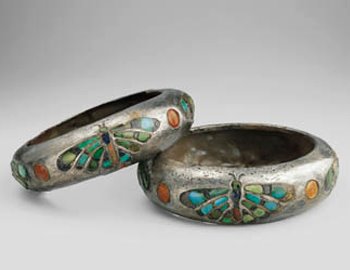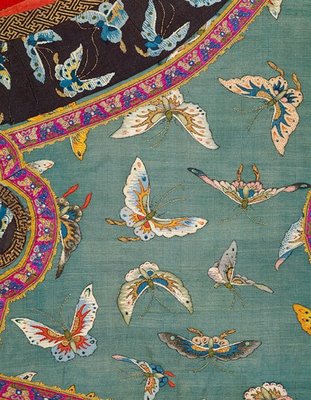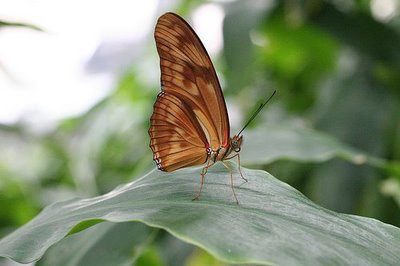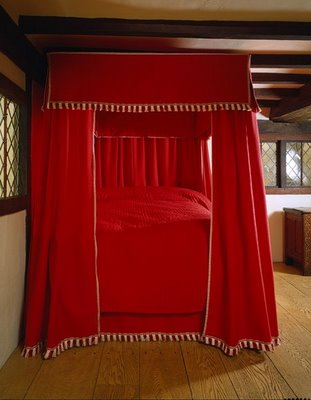Archive for


1. Detail of jacket with butterflies. Late 19th to early 20th c. China. Tapestry-woven (kesi) silk and metallic thread.
2. Flowers, Butterflies, and Insects. Safavid period, dated 1059, A.H./A.D. 1649–50 Shafi Abbasi (Persian, active 3rd quarter of the 17th century) Iran Ink on paper; 5 x 8 3/4 in.
3. Two Bracelets of Queen Hetepheres I. Giza; Fourth Dynasty, reign of Snefru to early reign of Khufu (ca. 2575–2550 B.C.E.). Silver, turquoise, lapis lazuli, and carnelian; Diam. 3 1/2–3 5/8 in.
While it seems to be good to get what one desires, the greatest good is not
to desire what one does not need.
Guillaume Budé, the 16th century Humanist and founder of the library at Fontainebleau was on track with his words. This quote could be read in many ways. It could be interpreted in praise of the life of an ascetic. It could help someone to promote an agenda of fear and the idea of lack in the world. But to me, the quote pulls out the seemingly disparate worlds of desire and need and brings them together with our every present wants.
Beauty is something I need. I also desire and want it. The colors, textures, materials in their many different forms are reminders of transcendence.
In interior design, beauty can quickly lose out to interest, but it is beauty that will stand in the long run; not function and not utility and not a program, because those concepts always change. Beauty will always be beauty (beauty doesn’t change the narrative does) in its very essence it has a function, utility, and a program and no others are needed. Let’s start by drawing from nature a rich rebirth of narrative.
Image from color lovers.


A bed can contain the whole life story. From the welcoming of love or death or birth, to everything in betweeen. The bed functions as an object of utility as a place to work to play to rest. In thinking about where I could sleep in my Imaginary Home, I am torn between a massive bedstead, and something perhaps simpler and more modern–an upholstered day bed. I have a warm regard for daybeds. Idling away hours, paging through my dictionary, staring out my window, sipping a milky cup of coffee, what could be better–if only a servant to bring food. As a former client Miss. M said of her own idling and work habits in bed, “If I can be horizontal, I am.”
A bedstead of course allows for curtains where as a daybed does not. As an object of the imagination, I have always loved the romance and secrecy of a curtained bed. They further enhance a beds general suggestion of safety, warmth, comfort, & separation–one could imagine embowered in cloth, in an other world of aerial dreams.
The answer maybe an alcove bed. It typically has the 3 sides of the daybed and they often have curtains. A notable alcove bed is Mr. J’s hybrid-alcove at Monticello. (Some might think having access to both sides novel but he like many politicos, wanted to have his cake and eat it too).
I love the tradition of the alcove bed as it is slid into the wall and is almost hid away. Mine, I think must have windows–at the foot and at the side–and cubbies within arms length at the peripheral.
Photos:
1. “Room from the Hart House,” 1680, Ipswich, Massachusetts.
2. TJ’s Alcove Bed. c. 1774
3. “Birth of the Virgin” Vittore Carpaccio, 1504–8, Oil on canvas.





